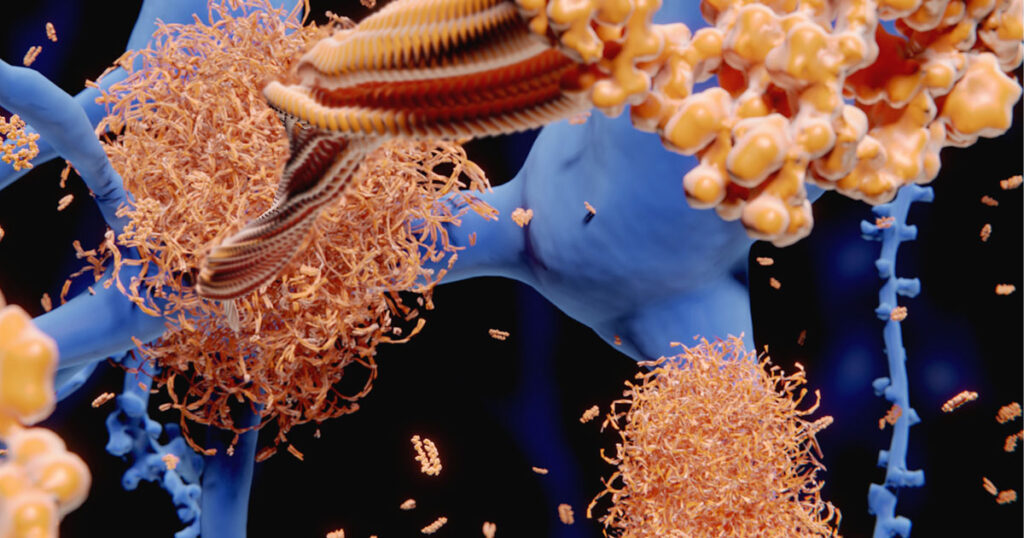In the world of fitness, performance enhancement, and longevity, peptides and SARMs (Selective Androgen Receptor Modulators) have emerged as popular choices for individuals looking to optimize their results. While both are hailed for their potential benefits, it’s essential to understand the difference of peptides vs SARMs. Let’s explore the distinctions between these two compounds and their unique mechanisms of action.
Peptides:
Peptides are short chains of amino acids that play crucial roles in various physiological processes within the body. These compounds serve as signaling molecules. They influence everything from muscle growth and repair to hormone regulation and immune function. Peptides can be naturally occurring or synthetically produced, with each type exerting specific effects on the body.
Key Characteristics of Peptides:
- Diverse Functions: Peptides exhibit a wide range of functions in the body, including promoting muscle growth, enhancing fat loss, improving skin health, and boosting cognitive function.
- Targeted Effects: Peptides typically exert their effects through specific receptor interactions, allowing for precise modulation of various physiological processes.
- Minimal Side Effects: When used responsibly and under medical supervision, peptides generally have a favorable safety profile with minimal risk of adverse effects.
SARMs:
SARMs, on the other hand, are synthetic compounds designed to mimic the effects of anabolic steroids while minimizing the undesirable side effects associated with traditional steroid use. These compounds selectively target androgen receptors in muscle tissue and bone. They promote muscle growth and strength gains without causing the same level of androgenic effects seen with steroids.
Key Characteristics of SARMs:
- Anabolic Effects: SARMs exert potent anabolic effects on muscle tissue, leading to increased muscle mass, strength, and endurance.
- Selective Targeting: SARMs selectively target androgen receptors in skeletal muscle and bone tissue, minimizing the risk of androgenic side effects such as hair loss, acne, and prostate enlargement.
- Potential for Misuse: Despite their therapeutic potential, SARMs have raised concerns due to their potential for misuse and abuse, particularly in the realm of athletic performance enhancement.
Key Differences of peptides vs SARMs:
- Mechanism of Action: Peptides exert their effects through various signaling pathways and receptor interactions, while SARMs target androgen receptors specifically to promote muscle growth and strength.
- Scope of Effects: Peptides have a broader range of physiological effects beyond muscle growth, including hormone regulation, immune modulation, and tissue repair, whereas SARMs primarily focus on enhancing muscle mass and performance.
- Safety Profile: Peptides generally have a favorable safety profile with minimal side effects when used responsibly, whereas SARMs may carry a higher risk of adverse effects and potential long-term health consequences if misused or abused.
Conclusion:
While both peptides and SARMs offer potential benefits for individuals seeking to enhance their performance, the key differences between these compounds lie in their mechanisms of action, scope of effects, and safety profiles. Peptides exert diverse physiological effects through receptor signaling, whereas SARMs selectively target androgen receptors to promote muscle growth and strength. Understanding these distinctions of peptides vs SARMs can help individuals make informed decisions about incorporating these compounds into their wellness regimens while prioritizing safety and efficacy. As always, it’s essential to consult with a healthcare professional before starting any new supplement regimen to ensure responsible use and optimal results.




